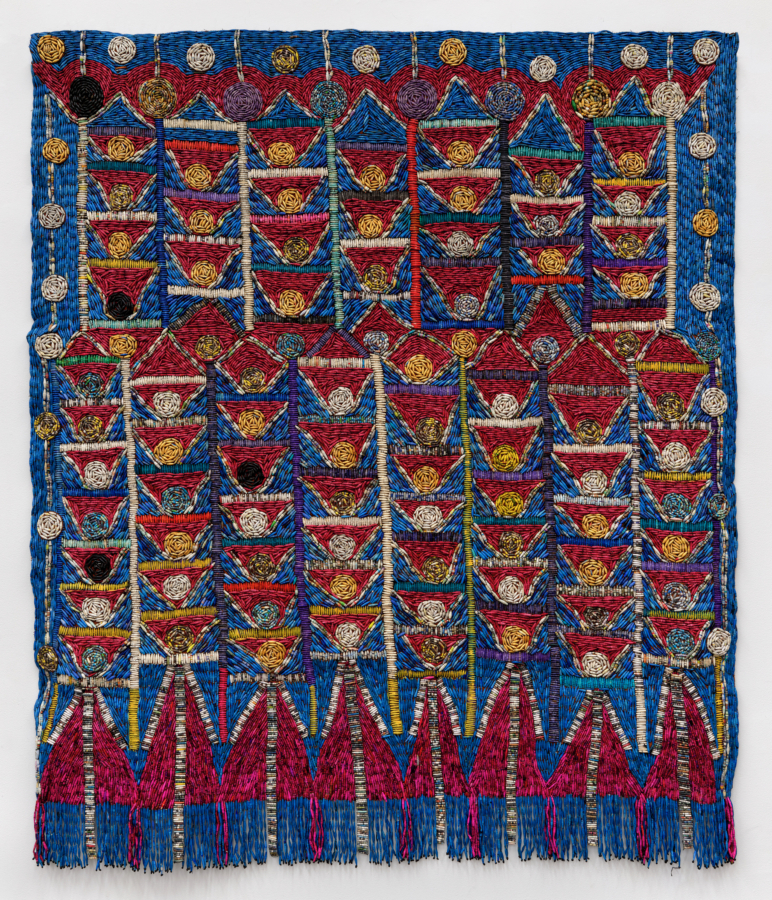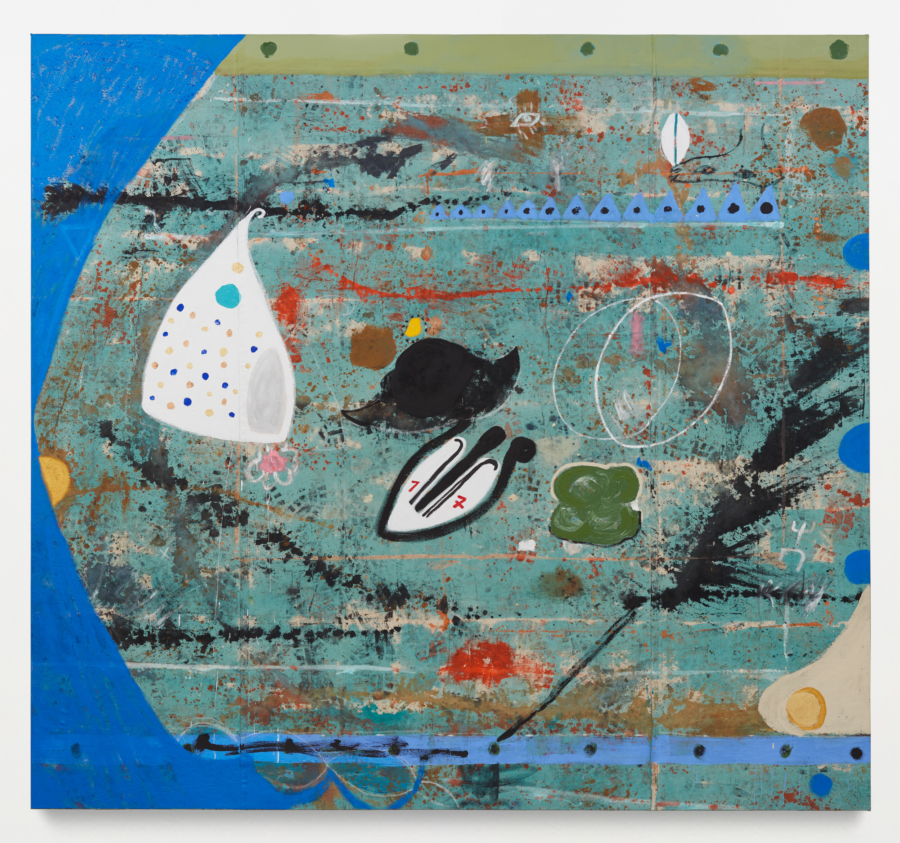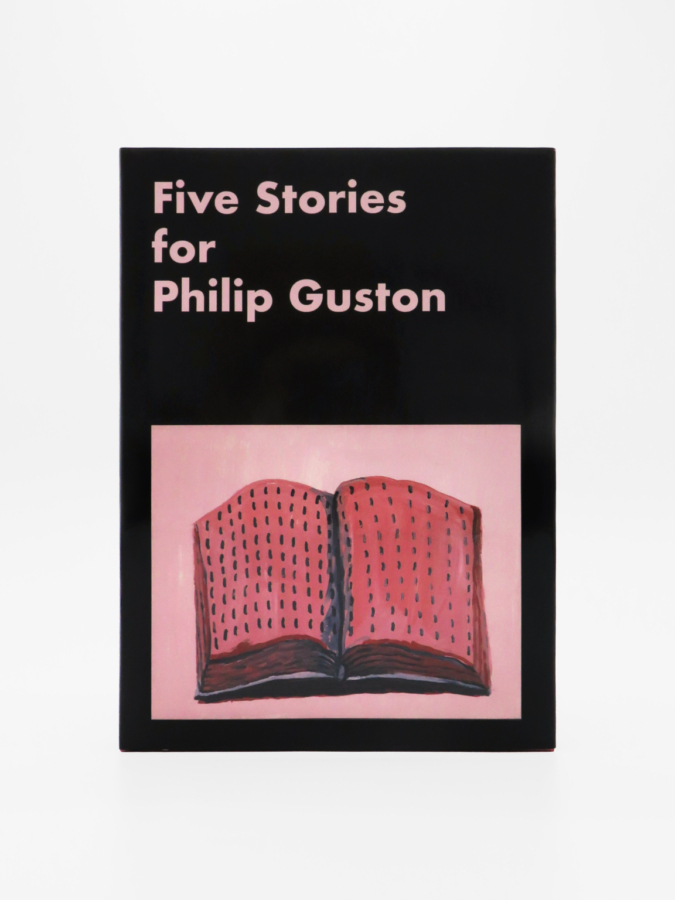TEFAF New York
May 12–16, 2023
Park Avenue Armory
TO LOOK UPON EVERYTHING
IN THE WORLD AS AN ENIGMA
Ten Artists in Dialogue with Architecture
Gertrude Abercrombie, Giorgio de Chirico, Lois Dodd, Lynne Drexler, Reggie Burrows Hodges, Zenzaburo Kojima, Hughie Lee-Smith, Nicolas Party, Matthew Wong, Manoucher Yektai
TEFAF New York
May 12–16, 2023
Park Avenue Armory
TO LOOK UPON EVERYTHING
IN THE WORLD AS AN ENIGMA
Ten Artists in Dialogue with Architecture
Gertrude Abercrombie, Giorgio de Chirico, Lois Dodd, Lynne Drexler, Reggie Burrows Hodges, Zenzaburo Kojima, Hughie Lee-Smith, Nicolas Party, Matthew Wong, Manoucher Yektai
UNCANNY EXTERIORS
This was the key to what Giorgio de Chirico and his compatriot Carlo Càrra called “metaphysical painting,” an approach they developed in the years before the Great War that would soon engulf Europe: “To look upon everything in the world as an enigma.” De Chirico’s words seem to go beyond the usual exhortation for artists to see things anew, with fresh eyes. His is not a call for innovation or originality but an invitation to admit that nothing is normal anymore, that we are living in a world that makes no sense, or perhaps that the only way to live in a world that makes no sense is to acknowledge, and even revel, in its irrationality. To see one’s surroundings as an enigma is to engage in a process of “making strange”—of denaturalizing what lies before one’s eyes, so that the obvious isn’t so obvious anymore.
For de Chirico, this meant seeing in the classical and Renaissance architecture of his beloved Turin and the sharp shadows it cast on sunbaked plazas something that verged on sinister; it meant imagining the statues that dotted the city as existing in a realm between animate and inanimate. It meant, that is to say, finding what Sigmund Freud would describe in 1919 as “the uncanny”—the familiar made unfamiliar.
It’s not hard to see this approach play out in work like Gertrude Abercrombie’s Surrealist-inspired compositions, in which figures approach buildings that seem to contain many secrets. Hughie Lee-Smith’s Untitled (Urban Landscape) of 1975 seems at first to be an uncomplicated, objective description of a city scene, but there is something about the painter’s close attention (not to mention the work’s echoes of de Chirico) that leaves us searching for more. So too does Reggie Burrows Hodges, in works like Her World (2019), upend our perceptions by building up his image from a black ground, creating not so much a negative image as a world in which blackness (and Blackness) is foundational. And what is Lois Dodd’s closely observed study of a staircase (Staircase, Crockett House, 1999)—especially one so forlorn, a last holdout, it seems, of a demolition site—other than an exercise in looking so closely that what we know of the world falls away?
PSYCHOLOGICAL INTERIORS
“To dwell means to leave traces, and the preferred site of these leavings is the bourgeois interior.” So writes Walter Benjamin in “Paris, the Capital of the Nineteenth Century,” a text in which he tries to come to terms with the alienating qualities of modern life.
The interior is not just the universe but also the étui of the private individual. To dwell means to leave traces. In the interior, these are accentuated. Coverlets and antimacassars, cases and containers are devised in abundance; in these . . . the traces of the inhabitant are imprinted in the interior.
Psychoanalysis and the detective story: both were premised on the idea that individuals could be understood according to the clues they left behind, unconscious indications of their motivations. For Benjamin, writing in 1938, the fin-de-siècle interior was where modernity’s atomization of society, its emphasis on the individual, occurred: where boundaries between public and private hardened, where taste was expressed through consumption, where people left their traces.
Is it too much to contend that the late-nineteenth century was when the European psychological interior was born? When the depiction of domestic space became a vehicle for more than an individual’s position in society, their familial relationships, their personality, their accomplishments? When a room could convey angst, like Van Gogh’s Night Café (1888), where the acidity of the light and the spasmic spatial construction seems to scream silently at us, or any one of Édouard Vuillard’s portraits of his mother and sister, where the sitters’ codependency is visualized by an overwhelming clash of surface pattern that knits them into their sewing room?
Matthew Wong’s yellow interior, A Raymond Carver Kind of Afternoon (2016), carries on this tradition of the psychological interior, melding sweetness and even joy with an underlying sense of pathos. Abercrombie, too, was an expert in this genre. But even Zenzaburo Kojima’s portrait of a European woman leaning on a chair in his studio (In the Studio, 1928) deploys architectural elements to create a sense of moodiness that radiates from the figure herself.
SCAFFOLDS
The more distant the brushstroke got from its descriptive role, the more anxious painters became about how to anchor their mark-making so that it didn’t just dissolve into meaninglessness—or worse, into mere decoration. For abstract painters schooled in the ways of European modernism, it was the shape of the canvas itself that provided a structure. For so many of the painters in this exhibition, who blurred the boundary between abstraction and representation, it is a wall or floor or window frame or column that offers such ballast—that allows Lynne Drexler to deploy her riotously push-and-pull color combinations, or Manoucher Yektai to apply paint in thick, detached lashings that barely resolve into an image.
RUINS
Nicolas Party paints ruins. The ruin is the most uncanny architectural form: it defies our sense of time, of mortality, of our sense that stone should outlast flesh, that walls should separate inside and out, that buildings are shelter, that our art should outlive us.
And yet—is this hope?—Party pairs his ruins with the stalactites and stalagmites of a cave, a natural building process, with the earth itself functioning as architect by constructing these mineral growths. The delicate beauty of these forms, softened by his powdery medium of soft pastel, offer a different sense of endurance, and of structure, in which the human is entirely, and perhaps relievedly, absent.



